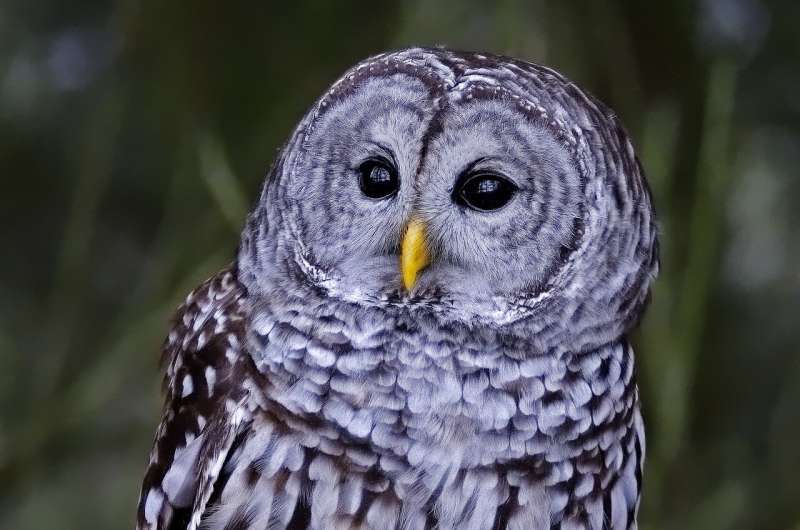
A controversial plan approved by the U.S. Fish and Wildlife Service to cull approximately 450,000 barred owls in the Pacific Northwest is facing significant opposition. The plan, which aims to protect the threatened northern spotted owl by eliminating its more common competitor, has drawn together an unusual coalition of Republican lawmakers, animal rights advocates, and conservationists who argue against the proposed cull.
Under the plan, which spans three decades, the barred owls would be targeted in California, Oregon, and Washington. Proponents of the cull, including various conservation groups and prominent scientists, believe that reducing the barred owl population is essential to prevent further decline of the northern spotted owl, which has fewer than 3,000 individuals left on federal lands.
Opponents to the culling strategy argue that the approach is both expensive and inhumane. Recently, federal officials canceled three grants related to owl research in California, amounting to roughly $1.1 million. One grant aimed to study barred owl removal across more than 192,000 acres in Mendocino and Sonoma counties. The spokesperson for the state wildlife agency, Peter Tira, confirmed that two of the grants were terminated before they began.
The opposition is not limited to animal rights activists; bipartisan lawmakers have also expressed their concerns. In letters addressed to the Secretary of the Interior, a group of 19 Republicans and 18 Democrats, including U.S. Reps. David Valadao and Sydney Kamlager-Dove, laid out their reasons for halting the plan. Kamlager-Dove, an animal lover, stated, “I cannot support the widespread slaughter of these beautiful creatures.”
Furthermore, some members of Congress may consider utilizing the Congressional Review Act to overturn the plan entirely. The Government Accountability Office determined that the culling strategy falls under this act, which permits new administrations to reverse rules established by previous administrations. For the plan to be rescinded, a joint resolution must pass through both chambers of Congress.
Wayne Pacelle, president of Animal Wellness Action, voiced skepticism regarding the feasibility of the culling plan. He argued that even with full funding, the vast land area requiring management makes success unlikely. “Barred owls from elsewhere will simply replace those that are felled,” he remarked.
The situation is further complicated by differing opinions on the ecological impact of barred owls. While some view them as invasive, others argue their presence in the West is a natural range expansion. The debate extends to the financial implications of the culling. Estimates suggest the total cost could reach as high as $1.35 billion, extrapolated from a previous contract awarded for the removal of a smaller number of barred owls.
In light of the recent developments, Tom Wheeler, executive director of the Environmental Protection Information Center, expressed concern about potential congressional interference in wildlife management. He stated, “It’s an intrusion by Congress into areas where we’re relying on high agency expertise and scientific understanding.”
The conflict surrounding the barred owl cull highlights the complexity of wildlife management, where economic considerations, ecological concerns, and ethical debates converge. As discussions continue, the future of the culling plan remains uncertain, with conservationists advocating for science-based solutions to protect the endangered northern spotted owl.







